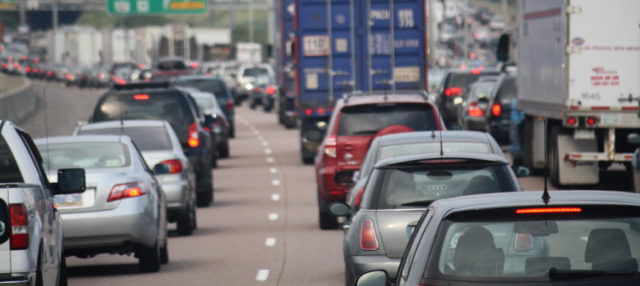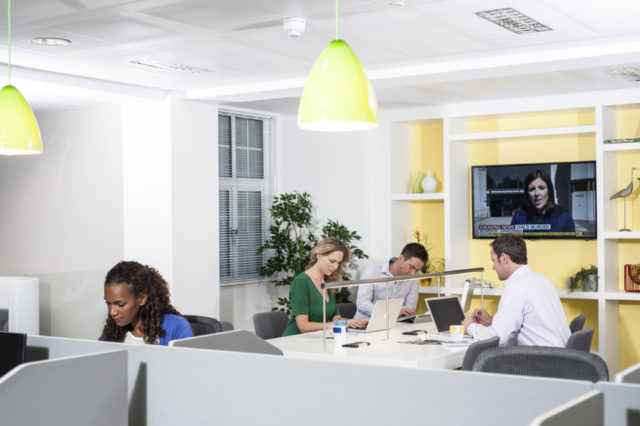
Changing Patterns of Commuting in the City
July 11, 2014 — Blog
The next time you’re traveling in rush hour, ask yourself the question: ‘Why are we all going in the same direction at the same time?’
Even 20 years ago, everybody would have known the answer: We’re all going in the same direction because that’s where work is.
It’s not so very long since work only happened in the workplace. Because of this, our cities were designed to get masses of people to and from their workplaces at the beginning and the end of the working day. To describe this new phenomenon, those workers got a new name: commuters.

Getting Masses to and from the Workplace
In the past, train lines were driven into the heart of the city from the outskirts where people lived, to enable commuters to commute. The outskirts got a new name too: suburbs. Then train lines were driven under the ground. Roads were built so that workers could be driven in from the suburbs in buses and trams. As the world became more affluent, more commuters began to drive themselves to work in their own cars, and the car park was invented. And when all those extra cars made the roads too full of traffic to function, bigger roads were built to take the strain. In some places, such as Boston, it took the entire span of a human generation to build these new roads. To say nothing of the financial cost. Our whole urban world has been constructed around commuting.
But the world has changed. Flexible working is with us. The challenge facing business leaders today is not how to bring talented people to work. It’s how to bring work to talented people, who can do it where it suits them.
The World Has Changed
Commuting has always been a waste of time and money for the commuter. It adds to the length of people’s working days, and costs a significant proportion of the money they earn. It goes without question that it is bad for the planet too, as anyone who has looked out of a window during the rush hour in Los Angeles or Shanghai can testify.
It costs businesses money too. They have to take on bigger offices than they need, in the most expensive parts of cities. Then they have to pay their workers more so that they can afford to commute.
But most people in service industries can do their work more or less anywhere nowadays. They certainly don’t need to travel for hours every day in order to meet a desk and a computer. More and more of them are voting with their feet and choosing to work flexibly. This means that their employers are now paying for extra space to accommodate workers who don’t necessarily want to work there.

Bad for Commuters, Planet and Costs
So daily commuting is bad for commuters, and bad for the planet, and bad for costs. Yet there’s one way in which it’s even worse for business than might be imagined. It’s one of the main reasons why people change jobs.
Regus recently commissioned research among more than 11,000 businesses around the world, with the results showing that almost one in five respondents were considering quitting their jobs because of the length of their journey to work.
This is a global problem. In India, the figure rose to one in four, and in China and South Africa, to almost one in three. When the journey to work takes longer than an hour, dissatisfaction rises further. Almost four in every ten respondents with such long commutes had seriously considered quitting their jobs within the past two years. Where will their next job be? At a business that allows them not to commute.
Any business leader will tell you that recruiting and training good people is an expensive and time-consuming process. Offered an opportunity to stop those people leaving, most business leaders would snap it up.
Flexible Working is Already Changing our Cities
Flexible working is one way that businesses can hold on to their talent. And it’s already changing the way our cities work. More people are working remotely from ‘their’ office – in business lounges, or hubs, or even from home. People are working in ‘thinkpods’ in motorway service stations, shopping centres, and while they are on trains. Soon we will be able to work in our cars. The growth of telepresence and video-communication means that many of the reasons why people needed to commute are already disappearing. As businesses realise how much more profitable it is to work this way, our workplaces will change even more – and so will our cities. In fact, people are already starting to live downtown again.
However, there is one reason why it will always be necessary to travel for work. Business depends on trust. The only real way to get to know people well enough to trust them will always be by meeting them in person. And that’s a journey to look forward to.